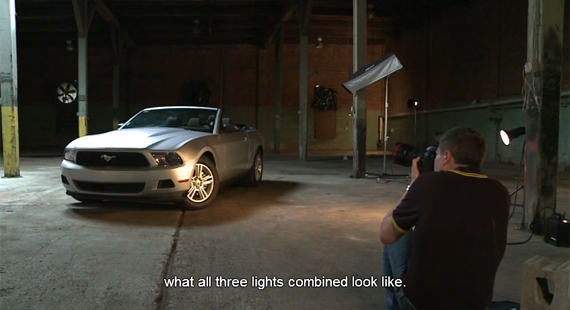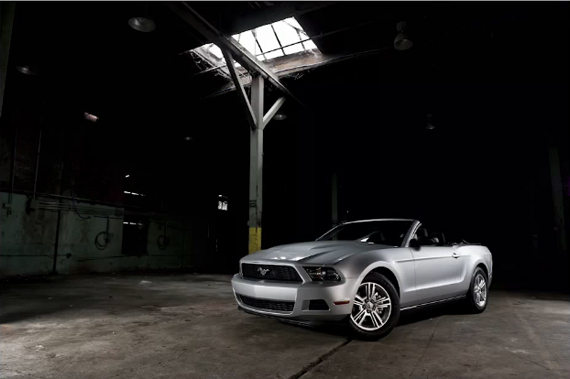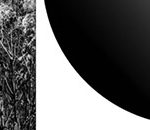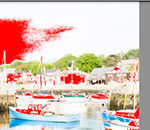If you’ve ever tried to photograph a shiny object, you know how reflections can throw a wrench into your shoot. Likewise, if you’ve ever shot anything larger than a small group of people, you’re probably familiar with the challenges of illuminating wide, often multi-faceted areas. If you combine these two situations, you might start to get an idea of the challenges behind lighting and photographing an automobile. In this video, photographer Tim Wallace explains in great detail how to “shape” light around a vehicle – specifically, a high-end muscle car:
Because the surfaces of most cars are polished to a high gloss, it’s important to pay close attention to where the lights are showing in the finish. You should use clean, simple lighting accessories (soft boxes and strip lights) that can blend nicely and create attractive reflections, as opposed to barn doors, grids, or snoots which will create odd, awkward shapes.
Carefully position your lights where their reflection will be minimized. In order to set this up effectively, you must compose your frame before setting up the strobes; leave it stationary on a tripod, and reference your lighting through the viewfinder (or live view). Because of the nature of reflections, they will look very different depending on what angle you view them from, so keep that angle invariable.
Be patient and experiment with an ideal placement of your lights that obscures the shapes of the sources, while also lighting the vehicle broadly, evenly, and with attention to the fine detailing that gives the car its unique personality. Most sedans or coupes will require three or four different lights to cover it; trucks and vans may require five or more.
Strip lights are your friend (He uses a couple of Profoto 1’x6′) for these types of shoots – they cover a wide (or tall) area, while concentrating the flash and not spilling rays in every direction (they will light the car’s length, rather than the floor below it).
Once you get those principles down, automobile photography is just like any other product, except on a much larger scale. Ask yourself what it is about this vehicle that makes it more special than any other, and emphasize that strength with your lighting, composition, and choice of setting.
Like This Article?
Don't Miss The Next One!
Join over 100,000 photographers of all experience levels who receive our free photography tips and articles to stay current:








I really like all of the information that you shared here on how to take some nice photos of your car! I have been driving the same old Nissan for quite some time now and I am thinking about selling it, so taking appealing pictures is probably my best bet! Just as you said right here, having patience is the best bet when experimenting with lights and angles. Thanks again!